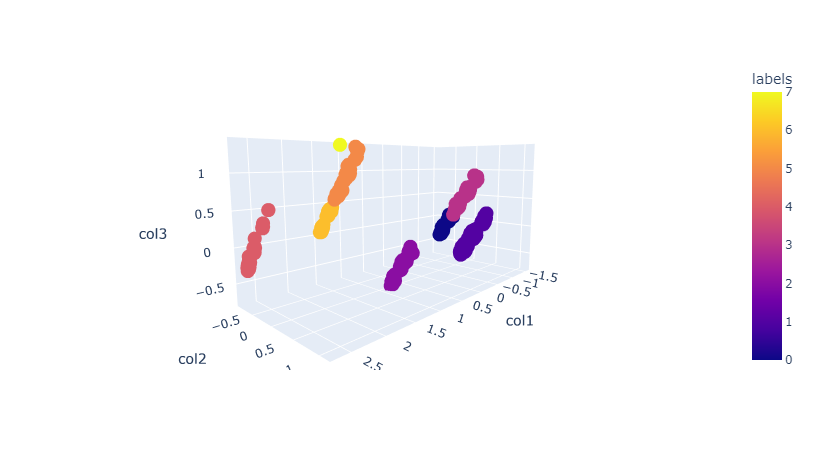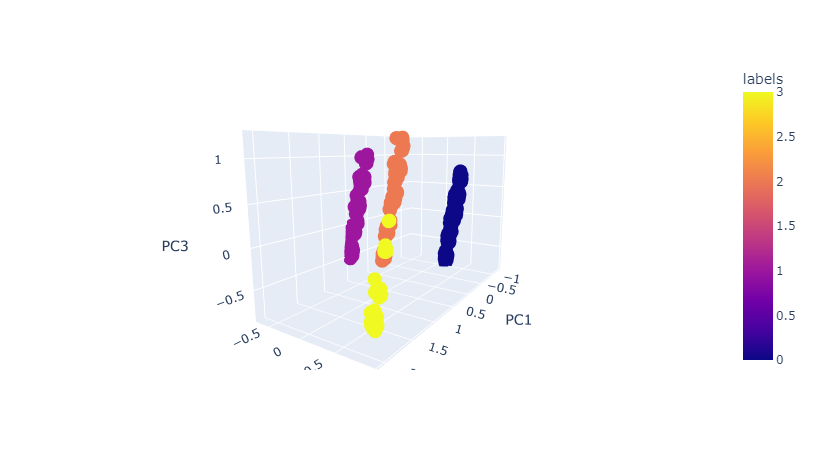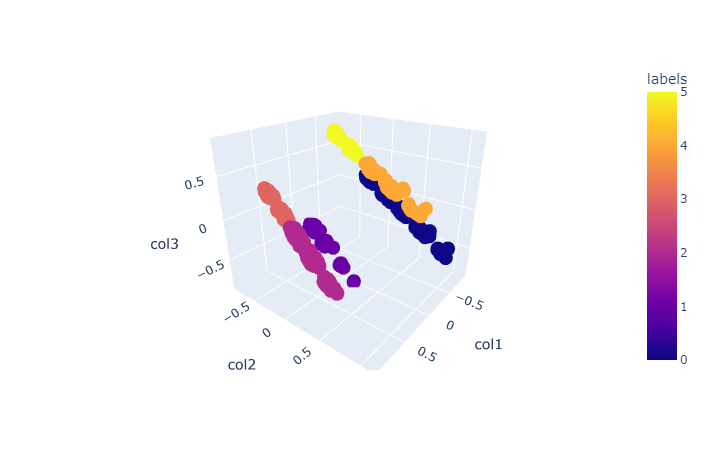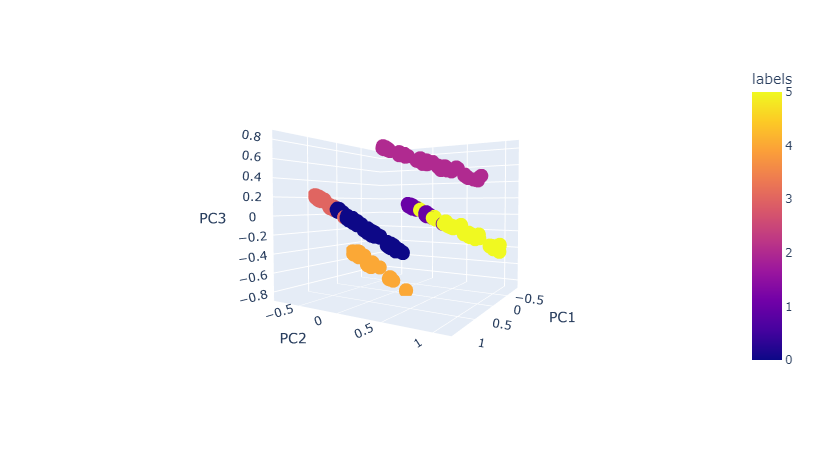Customer-Segmentation
This project has been created to make a customer segmentation and it's part of a challenge called Project-of-the-week that is being held by Datatalks.club.
Enviroment
I'll create a conda enviroment for this project
Create the enviroment
conda create -n customer-segmentation python=3.9
Activate the enviroment
conda activate customer-segmentation
Install Ipykernel
pip install ipykernel
Install the dependencies
pip install -r requirements.txt
Clusters
K-Means
- For KMeans the best way to find the best number of clusters is using the elbow method, in this case we can see that the best number of clusters is 4-7.
- Using KElbowVisualizer we can see that the best number of clusters is 4.
- Using Silhouette Score we can see that the best number of clusters is 6-7.
- Because of the previous results I'll select 6 clusters.
- Silhouette Score is 0.43

Hierarchical:Meanshift
- For Hierarchical:Meanshift it wasn't neccesary to find the best number of clusters because of estimated_bandwidth function.
- It's performed better using PCA.
- Using PCA found 8 clusters, but the data concentrated in 6 clusters.
- Silhouette Score is 0.87.

Hierarchical:Agglomerative
Hierarchical:DBSCAN
- Most important parameters are eps and min_samples.
- You can find a good value for eps using NearestNeighbors function.
- It found 4 clusters.
- Silhouette Score is 0.58 (0.68 after PCA).


